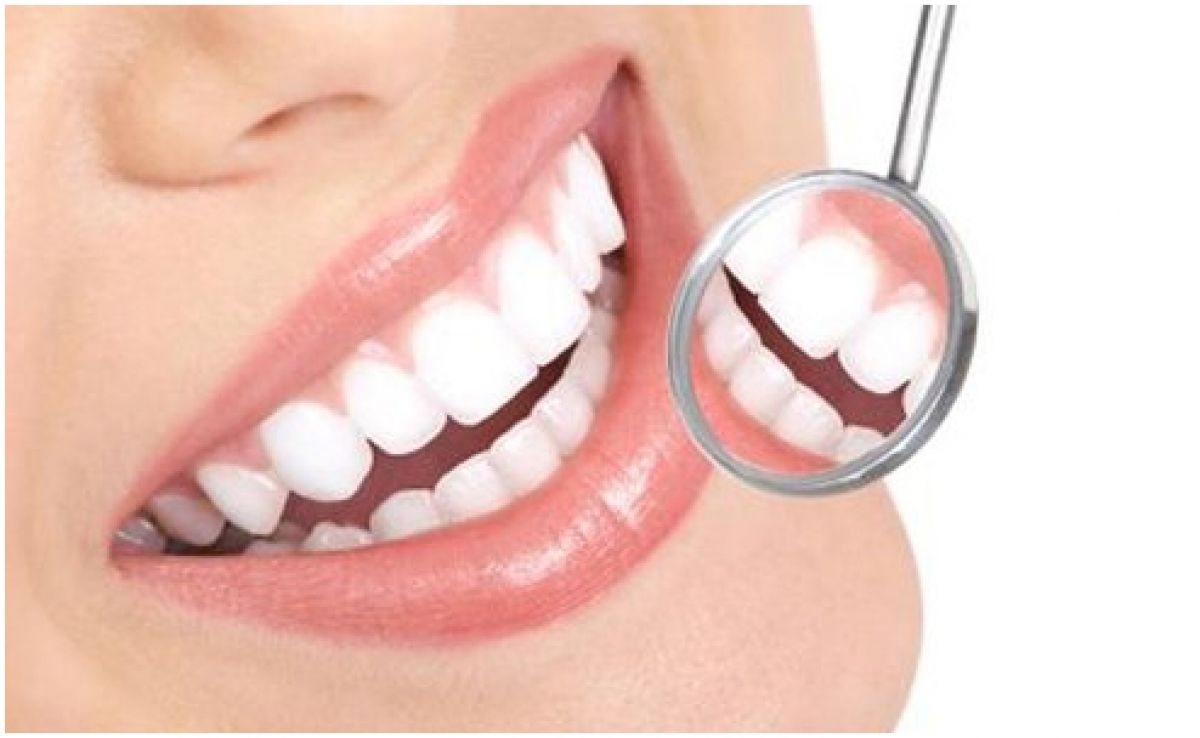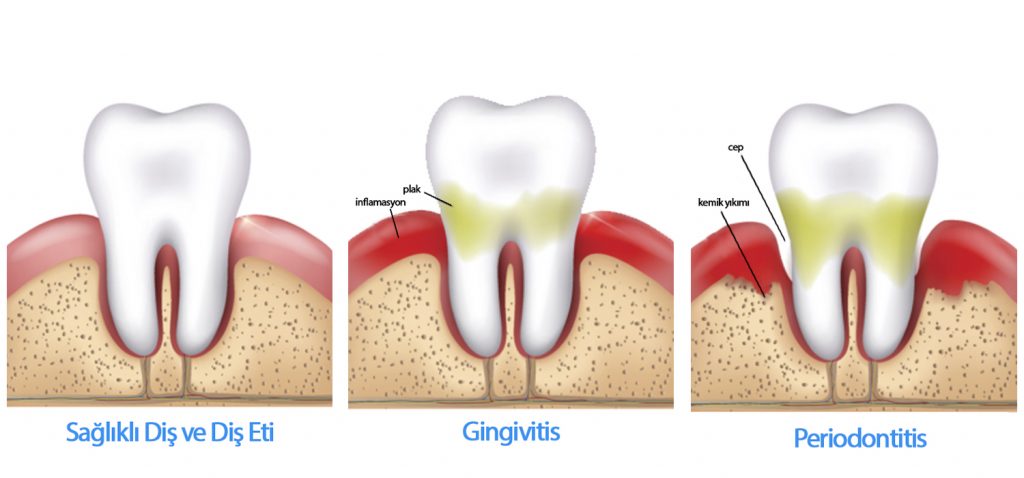
Periodontology is a branch of science related to the treatment and prevention of diseases surrounding and supporting the female.
Gum diseases, which usually start with the effect of plaque and tooth stone in the mouth, can sometimes be easily treated only by cleaning teeth and removing debris from the root surface.
Gum disease is easily determined by clinical and radiographic examination and treatment plan can be shaped according to the current disease status. Patients who are successfully treated are followed up with 3-6 month controls.


